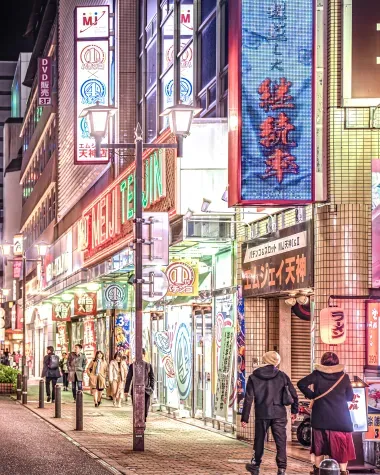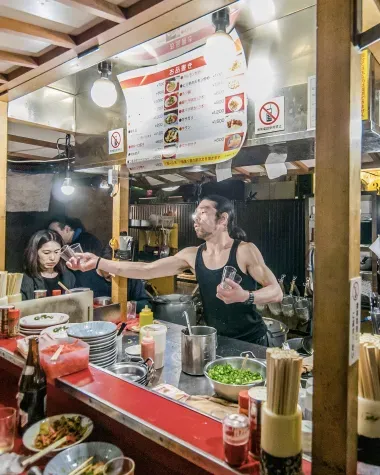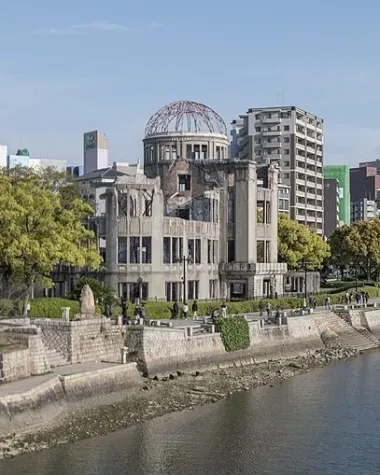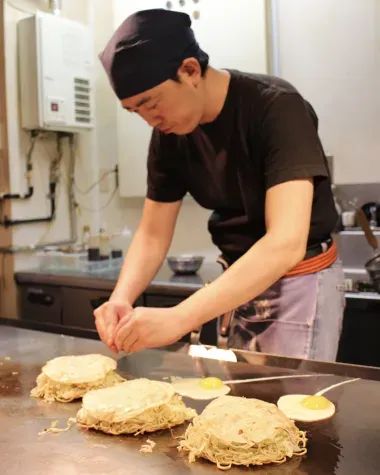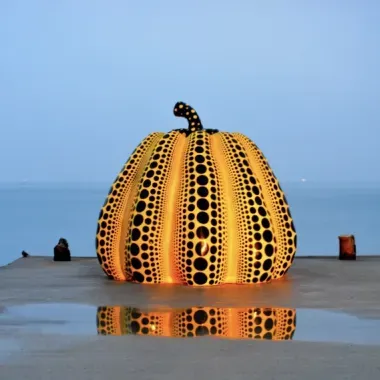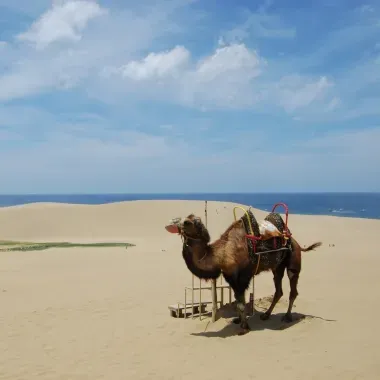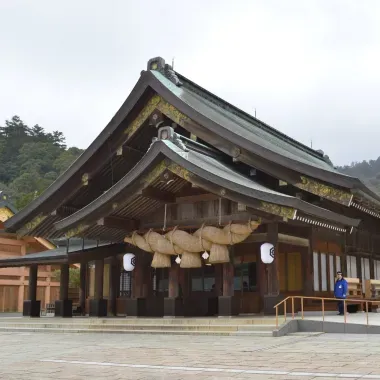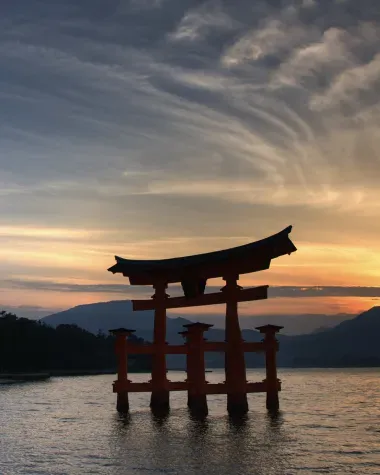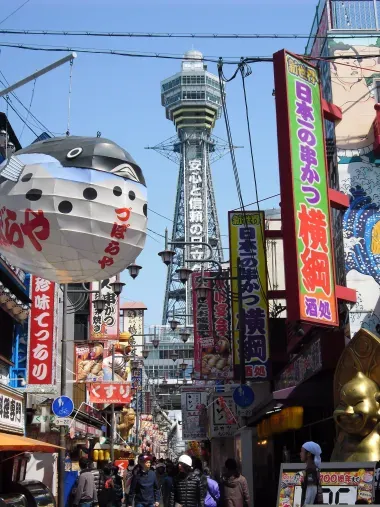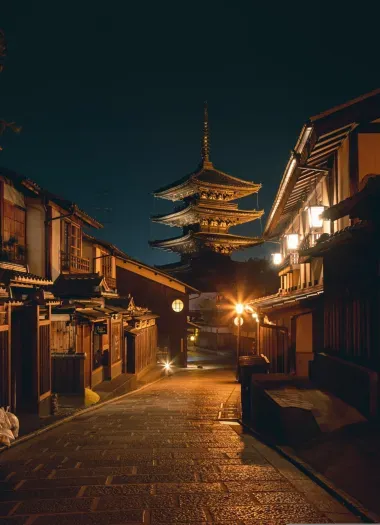SANYO SANIN Pass

Why choose the SANYO-SANIN Pass?
The Sanyo-Sanin Pass is one of the most wide-ranging and all-encompassing passes available to foreign travelers to Japan. It incorporates much of the western region of the Japanese archipelago, going all the way from Kansai into Chugoku (where Hiroshima is located), as well as along the Setouchi Inland Sea and stretching out into the upper part of Kyushu, the most southern island of mainland Japan. The Sanyo-Sanin Pass allows for a week of unlimited travel throughout this diverse range of destinations, consisting of major cities, history-rich locales, and vibrant coastlines using facilities operated by Japan Railways, including the Sanyo Shinkansen bullet train and even the ferry out to Miyajima in Hiroshima.
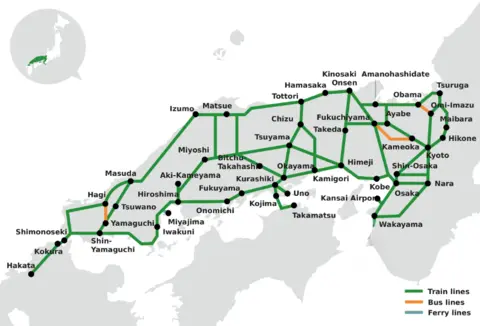
Highlights of the SANYO-SANIN Pass:
How to use the SANYO-SANIN Pass
Delivery
- We will send the e-voucher to your email address within 5 business days of your order. If you want to get it sooner, please contact us. (The e-voucher is NOT the actual ticket, you cannot take trains using the voucher)
- You can print out the e-voucher on paper, or you can simply show the voucher on your mobile device when you exchange it.
Exchange
You can exchange the voucher for the Sanyo-Sanin Pass at one of the following locations:
(you will need to present your passport at the time of exchange)
Validity
The voucher we send you is valid for 90 days from the date of issue, and must be exchanged in Japan within this time.
The Sanyo-Sanin Pass is usable for 7 days from the date of activation.
The following train lines are included in the pass:
Seat Reservations
- With the pass, no additional fee is required for reserved seats.
- Non-reserved Ordinary Class cars can be accessed freely just by showing the pass.
- For reserved first-class seats (Green cars), you will have to pay additional fees.
- To access the platforms, show your pass to the JR staff located at the platform gates.
- To reserve a seat, take the pass to JR staff at the ticket office.
- It is a personal pass, and cannot be transferred to someone else.
- Please always carry your passport when using the pass, as station and train staff may check it.
Cancellation and Modification
- An unused voucher is refundable for up to one year from the date of issue.
- The voucher can be refunded if it has never been exchanged in Japan for the pass.
- A cancellation fee of 15% of the price of the voucher will be retained.
- No refund is possible for a voucher more than one year after the date of issue.
- No refund is possible for a lost or stolen pass.
Eligibility
Visitors traveling as tourists who have a temporary visitor entry status are eligible to use this pass.
Japanese passport holders are not eligible for this pass.
Exploring Western Japan
The Sanyo and Sanin regions of Japan encompass a wide range of prefectures and locales, taking travelers from the largest cities to the charming, though often overlooked, countryside. Access the sandy beaches of Wakayama, the bustling urbanscape of Osaka, and then keep heading down to see the historic Hiroshima, and then top off your journey with Kyushu, whose largetst city of Fukuoka is a culinary capital with countless activities to offer.
Fukuoka
The southernmost city covered with the pass is Fukuoka, which will surprise visitors through its unique culture; its harbor area, located opposite Korea, was the center of the first exchanges between Japan and the rest of the Asian continent.
Fukuoka has its share of beautiful shrines and temples for those looking for historic sites. One of the most famous districts of Fukuoka, Hakata, is world-renowned by foodies for its street food and legendary Hakata tonkotsu ramen, a local noodle delicacy with a rich simmered pork bone broth.
A charming blend of urbanity and tradition, it's a historic area that is a must-travel.
Hiroshima
Hiroshima, a relatively short Shinkansen ride from Osaka and Kyoto in Kansai, has earned a poignant place in the world's history where the first atomic bomb was dropped in 1945. But this modern city offers more than just memories. With its Peace Memorial Park, it's a city of hope. It offers visitors numerous tourist attractions, including a reconstructed Hiroshima castle and Shukkei-en gardens.
Hiroshima is also often cited for its culinary culture, providing unique interpretations of Japanese street foods, such as okonomiyaki, which often has yakisoba noodles at the bottom to differentiate it from the more classic Osaka rendition. Oysters are also a famous delicacy of Hiroshima, often eaten raw or in other dishes. Visit this symbolic city of culture and history!
Chugoku Area
The pass also includes places such as Izumi Shrine in Shimane, Tottori and its famous sand dunes, Tsuruga in Fukui, known for its great beaches, as well as Takamatsu on the island of Shikoku and Uno stations, both access points to Naoshima art island. This area is easily accessible via train rail from Hiroshima.
Kansai Area
Make sure you don't miss Korakuen garden in Okayama, one of Japan's top three gardens. The pass also allows you to use transport between Osaka, Nara and Kyoto, and the ferry to Miyajima in Hiroshima, where you can admire the famous torii of Itsukushima Shrine, a UNESCO World Heritage site.
The JR Sanyo Sanin Area Pass grants access to a very diverse set of destinations accessible via a number of train rail systems including the Sanyo Shinkansen that is serviced via rail trains like the Nozomi Shinkansen, Mizuho Shinkansen, Hikari Shinkansen, Sakura Shinkansen, and Kodama Shinkansen.
Common Questions
